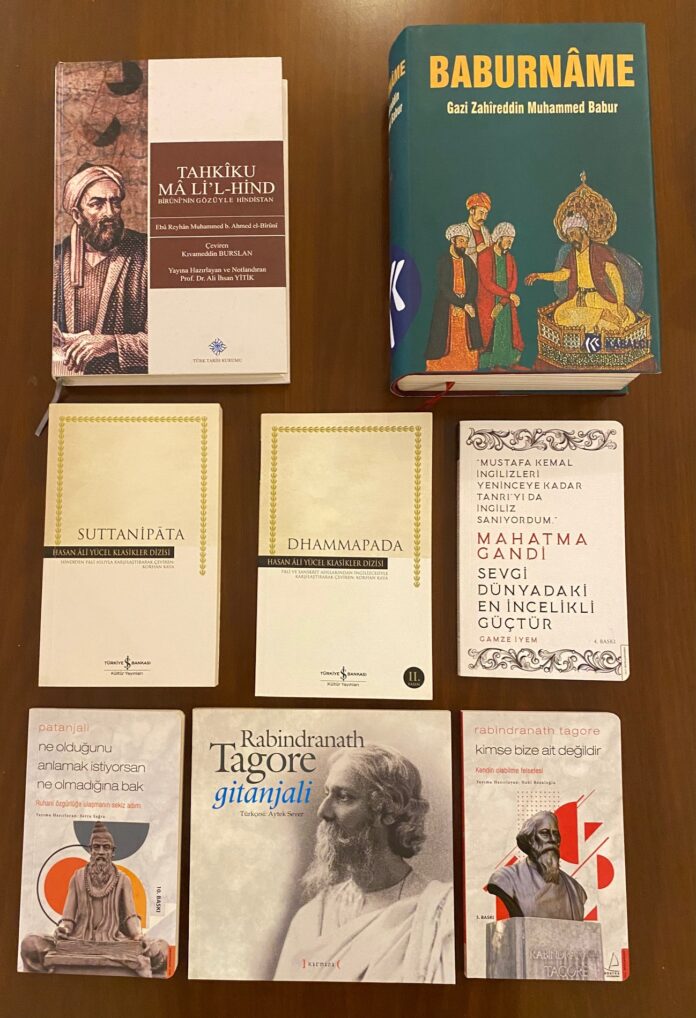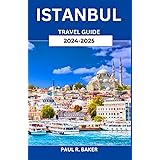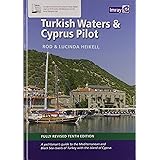Turkic-Indian Languages
England made English dominant instead of the 800-year-old Turkish-derived Urdu (Ordu) and Dravitan languages, which were the dominant languages of India. Thanks to Abdulhamid, they rented Cyprus and took control of the roads leading to India, completing the occupation of India and mastering their language. If the Mughal Empire had not collapsed in the late 19th century, 1.5 billion Indians would be speaking languages of Turkish origin today.
Fallacy: Indo-European fiction
Fact: Turkish Belt-Indian Fabric/Turkestan-India bond. Indian discovered zero, Turkish Khwarezm applied it to mathematical operations; It was Europe that took all these and applied them, turning Zero into One. From where?. When the Arabic works written in the following two centuries are added to the first Turkish inscription (Bugut) written in Sogutian and Sanksrit as a result of Iranian and Indian influences; The Turkish Hinterland will be formed in the form of a triangle.
Turkish-Indian synthesis
We must create the Turkish-Indianland thesis. The language that will enable communication in the cultural and economic relations that are hoped to be developed between India and Turkey is not the language of the foreign English, which evokes colonialism and plunder on both sides and damages ties, but the Urdu language that allows the historical Turkish-Indian relationship to be expressed. The fact that Indians call this language Hindi as it is must be an indication of their adoption of it and their appreciation of the Turkish-Indian common heritage that this language evokes. Although it is only one of dozens of official languages of India, our accuracy rate is quite high if we say that this language, which has such a wide domain of influence and where the Turkish-Indian heritage is embodied in its words, is the most preferred language for Turkish-Indian communication.
Number zero
Hindi words in inscriptions
Urdu language
Indian Lodges
Turkish states in the Indian continent
Sufism
Biruni
Khwarezmi
It seems that the main route of our Indo-Erland will be the Indian Ocean via the Five Seas.
INDIA. INDOLOGY. HINT’ERLAND. INDO-CHINAINDO-EUROPEAN OR INDO-TURKISH?
Indo-Turkic mythology
Umay: Some researchers equate Uma, the wife of the Indian god Shiva, with Umay, mentioned in old Turkish texts. In Turkish, the equivalence of uma – umay can be considered based on examples such as borgu – borguy surna – surnay. Some researchers compare Humay in ancient Iranian texts. They equate Umay. This equality seems reasonable since h- cannot be expressed in the orthography of runic texts. However, in both views, it remains unknown from which language the word was transferred to which language. Among the ancient and present-day Turkish communities, the word Umay is seen in various meanings in Altai, Hakas, Şor, Sağay, Beltir, Bashkir and Yakut Turks. My request to my colleagues who are experts in Sanskrit is to enlighten me by making etymologies of phrases such as Umay, Tengri Umay, Umay iyesi, Uma Katun, etc. used by the Turks in Indian sources. Source: Hindi Elements in Göktürk Inscriptions Osman Fikri Sertkaya
INDIA TRAVEL NAME Indian Fabric & Turkish Belt
Written by evaluating the observations of my travels to India and the Indian literature together, the book India Travelogue – Indian Continent positions the trivets of India, Turkey and Turkestan in front of Indo-European classifications and Indochina geographies. The Great Asian century is also enlivened by the dynamism of the Turks and Indians, who share their thoughts and give meaning to life with freedom.
Just as the mental (thought) achievements of Europe were gathered from routes such as South Asia, Southwest Asia and North Africa, similar achievements of the Turks were made in Greater Khorasan, Asia Minor (including Northern India) by following the shepherd’s fires from Turkestan, where the table was kept at the table. It came to life in Anatolia) and then in Southeastern Europe (Rumelia). The Tigris, Euphrates, Seyhun, Ceyhun and Indus rivers of the region between the Nile and Yamuna rivers also sustained this life.
In short; Khorasan, India and Hittite are essential elements of our syntheses in Greater Asia and Asia Minor.
India is an ocean, but isn’t it Turkish? The term ocean, named after Talay, which we encounter for the first time in the Tonyukuk inscription, later manifested itself with the Buddhist priest and statesman Dalai Lama, revealing the richness of common life of the Indian and Turkish worlds in the vastness and depth of the oceans.
Published as the second book of the Turkish House series, the work is full of the problem of bringing liveliness to relations and exchanges by giving impetus to our extremely limited Indian library, despite such a rich historical accumulation and the legend of the Indian Continent, which became the homeland of four of the sixteen Turkish States.
In short; Indian fabric is not rare, those who seek will find it, India is not poor, it contains incredible riches. Let us navigate and travel in the Indian continent as our ancestors have done since Khwarazmî, Birûnî and Seydi Ali Reis.
Europe Asia
Sir, the yellow belt on the map is our Highway, which reaches from the Yellow River in China to the Danube River in Hungary, and on which we travel with horses because it is a steppe. This is how we went from the innermost part of Asia to the innermost part of Europe, and achieved the unity of Europe and Asia. Why should we now be the subcontractor of others’ BOP project and then of others’ Eurasia project? We will establish our own union ourselves, first of all, starting from Eastern Europe and the Balkans, and hopefully we will form the Asian-European union with the neighbors around us. That’s the thesis of the book. But the map says something else. Turkish-European., Turkish-Indian, Asian-European. We need to produce these theses.
Europe
The Turks, who put an end to the Roman Empire with Attila in the four centuries, destroyed the Istanbul-centered Roman Empire with Fatih the Conqueror, 1000 years later in the 1400s.
During the period before and after the capture of Istanbul, the Turks moved towards Europe via Çanakkale and established their capital in Edirne. During this period, Albania, Serbia, Bulgaria and Bulgaria, the Danube basin countries, came under Ottoman rule.
Moving away from the vision and mission of uniting the European and Asian continents, in which it is a part, and thus ensuring global peace, leading the project of a state 8400 km away has not brought any value to Turkey and will not bring any value to Turkey.
Today, Türkiye is now called a Middle Eastern country and has lost its image as a European country. This is also a loss of value and reputation in Asia.
It is strategic shallowness to lose the identity of the European and Asian continents, in which the political identities were primarily formed, and to engage in a regional project from the continental identity.
Indo-European language family
indian turkish
It is taught in only two universities in Turkey; Apart from the Urdu Language and Literature departments, which have a very limited impact and efficiency area, the functioning of the department proposed to be established will be as follows:
In this section, the Urdu Language (or another language to be determined, but most conveniently the Urdu Language), which is expected to enable cultural exchange between India and Turkey, will be taught intensively during the 1-year preparation phase. After students become proficient in reading sources, following the agenda and communicating in this language, they will receive education in literature, history and politics for 1 year. After this training, the student will choose an area in which he wants to specialize from these three main areas according to his own aptitude (aptitude, inclination) and continue his education in that direction.
If the same program is carried out in Turkish at a contracted university in India, students of both departments will be able to engage in scientific and cultural exchanges through semesterly or annual student exchanges, and mental bridges will be strengthened.
Thus, this 4-year or 5-year training program will provide our state with trained personnel who are ready to assume the role of ambassador in political, cultural and scientific fields.
A joint Indo-Turkish history research center should be established, with one foot in India and the other in Turkey, and researchers from Turkey and India should be assigned to both centers. In addition, Indian language and culture training should be given at the center in Turkey and Turkish language and culture training should be given at the center in India, and these courses should be open to applications from the public. In this way, the Turkish presence in India should be built on solid foundations and today’s initiatives should progress on a legitimate basis, supported by historical roots.
Awareness should be created among our young people about India and Turkey before they reach university age, and mutual cultural trips should be organized in this context. During these trips, young people should be informed about the mutual cultural flow as well as the potentials in these countries, and the awareness of putting these into practice in the future should be instilled. The mental world of our people, whose horizons are limited to Europe in the dominant education system, should be expanded to Asia. And these two countries should be promoted from their place on the world map to their place on the mind map for their people.
The West is an observatory 24/7, a radar that works endlessly. Fear is of no use to death. Today, a population equal to Turkey’s population lives in the Rumelian lands we left behind, which were taken away from us by the West.
I thought about this based on your comment. The West has taken away our cultural assets and archaeological artifacts and exhibits them in its museums. But it’s not just cultural assets on display. He took our soul away. Our soul was based on a philosophy of unity. Look, Land of Rum, Mevlana Celaleddin Rumi, Rumi, Rumelia, Kaiser, Erzurum, Rumelia Beylerbeyi are the concepts of Rome in our language. We must take our soul back. The greedy West cannot pursue a philosophy of unity. It’s our job. We must move towards unity, starting from Rumelia and Eastern Europe, the Eastern Mediterranean and the Indian continent.
The Indo-European thesis is fraudulent and a lie. But starting from the first Indianologist, the Uzbek Turk Biruni, we should put the Indo-Turkish thesis on the agenda and pursue the unity of the Eastern Roman, Mughal and Ottoman lands.




















